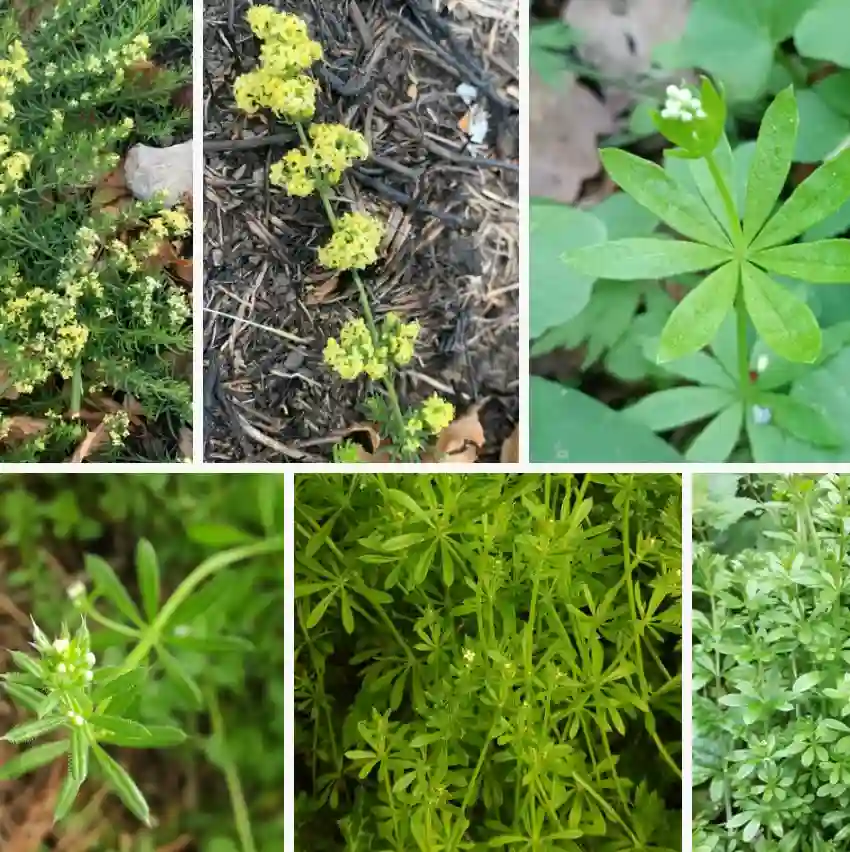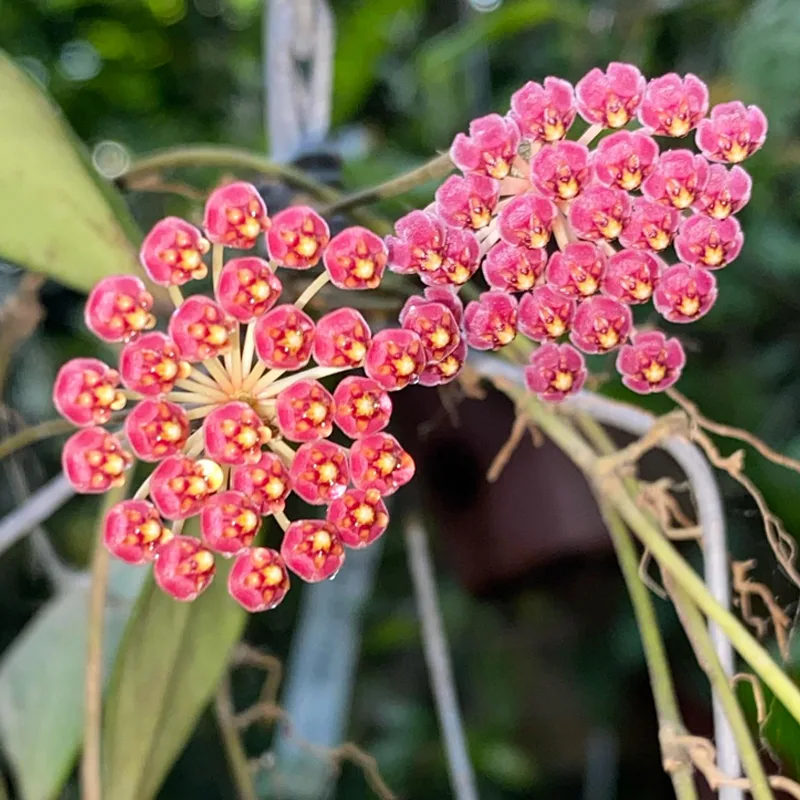
What Are Lithops?
Lithops belong to the Aizoaceae family, often referred to as “living stones,” are small, fascinating succulents that originate from the arid regions of southern Africa. They have a unique appearance, resembling pebbles or stones, which helps them blend into their natural surroundings and avoid being eaten by animals. Lithops have two thick, fleshy leaves that are fused together, forming a slit in the middle where the new leaves and flowers emerge. These plants are perfect for succulent enthusiasts and those looking to add a quirky element to their indoor gardens.
Lithops species
- Lithops aucampiae L.Bolus
- Lithops bella N.E.Br.
- Lithops bromfieldii L.Bolus
- Lithops burchellii (D.T.Cole) Jainta
- Lithops coleorum S.A.Hammer & Uijs
- Lithops comptonii L.Bolus
- Lithops dendritica Nel
- Lithops dinteri Schwantes
- Lithops divergens L.Bolus
- Lithops eberlanzii (Dinter & Schwantes) N.E.Br.
- Lithops euniceae (de Boer) Jainta
- Lithops francisci (Dinter & Schwantes) N.E.Br.
- Lithops fulviceps (N.E.Br.) N.E.Br.
- Lithops gesineae de Boer
- Lithops glaudinae de Boer
- Lithops gracilidelineata Dinter
- Lithops hallii de Boer
- Lithops helmutii L.Bolus
- Lithops herrei L.Bolus
- Lithops hookeri (A.Berger) Schwantes
- Lithops julii (Dinter & Schwantes) N.E.Br.
- Lithops karasmontana (Dinter & Schwantes) N.E.Br.
- Lithops lesliei (N.E.Br.) N.E.Br.
- Lithops localis (N.E.Br.) Schwantes
- Lithops marmorata (N.E.Br.) N.E.Br.
- Lithops meyeri L.Bolus
- Lithops naureeniae D.T.Cole
- Lithops olivacea L.Bolus
- Lithops optica (Marloth) N.E.Br.
- Lithops otzeniana Nel
- Lithops pseudotruncatella (A.Berger) N.E.Br.
- Lithops ruschiorum (Dinter & Schwantes) N.E.Br.
- Lithops salicola L.Bolus
- Lithops schwantesii Dinter
- Lithops verruculosa Nel
- Lithops villetii L.Bolus
- Lithops viridis H.A.Lückh.
- Lithops werneri Schwantes & H.Jacobsen
How to Care for Lithops?
Caring for Lithops can be both simple and challenging, depending on how well you understand their natural growth cycle. Since they are desert plants, they thrive in environments that mimic their native habitat—lots of sunlight, minimal water, and well-draining soil. Here’s how I care for my Lithops:
- Light: Lithops need plenty of sunlight to thrive. I keep mine on a sunny windowsill where they receive at least 4-5 hours of direct sunlight daily. If you don’t have access to natural light, a grow light can be a good substitute.
- Soil: The soil should be well-draining to prevent root rot. I use a cactus or succulent mix with added perlite or pumice for extra drainage.
- Watering: The most critical aspect of Lithops care is watering. They require very little water, especially during their dormant periods. I only water my Lithops when the soil is completely dry, usually once every 2-3 weeks during the growing season (spring and fall). In winter and summer, I drastically reduce watering, sometimes going months without any water.
When to Water Lithops?
Knowing when to water Lithops is essential to keeping them healthy. They have a specific watering schedule that aligns with their growth cycle. I usually water Lithops:
- During Active Growth (Spring and Fall): Water when the soil is completely dry, roughly every 2-3 weeks.
- Dormant Periods (Summer and Winter): I avoid watering Lithops during these times to prevent rot. They survive on the water stored in their leaves.
How Big Do Lithops Get?
Lithops are small plants, typically growing up to 1-2 inches (2.5-5 cm) in diameter. They stay compact, making them perfect for small pots or container gardens. Their small size adds to their charm and makes them a popular choice for windowsill gardens.
When Do Lithops Flower?
One of the most exciting times for a Lithops owner is when they flower. Lithops typically bloom in late summer to early fall, producing daisy-like flowers that range in color from white to yellow. The flowers emerge from the slit between the two leaves and can last for several weeks.
How to Grow Lithops from Seed?
Growing Lithops from seed can be a rewarding experience, but it requires patience and careful attention. Here’s how I do it:
- Prepare a shallow tray with a well-draining soil mix.
- Scatter the seeds on the surface and lightly press them into the soil.
- Mist the soil gently to avoid disturbing the seeds.
- Cover the tray with a clear plastic lid or plastic wrap to create a humid environment.
- Place the tray in bright, indirect light. Keep the soil moist but not wet.
- Germination can take anywhere from a few weeks to several months.
Once the seedlings are large enough to handle, I transplant them into individual pots.
How to Propagate Lithops?
Lithops can be propagated through division or by seed. Division is the easiest and most reliable method. When the plant naturally splits and forms new pairs of leaves, you can gently separate them once they’ve developed their root systems. Make sure to handle them carefully to avoid damaging the roots.
Do Lithops Multiply?
Yes, Lithops do multiply, and this happens naturally as they grow. Over time, a single Lithops plant will split into two, and each half will continue to grow and split again, eventually forming a small cluster.
Lithops vs Pleiospilos
Both Lithops and Pleiospilos are succulents that resemble stones, but they have some differences. Lithops have two leaves that are fused together, while Pleiospilos, commonly known as “split rock,” usually have a more pronounced fissure and can have more than two leaves. Pleiospilos tend to grow larger and have a different flowering season.
Lithops vs Split Rock
Lithops and Split Rock (Pleiospilos nelii) are often confused due to their stone-like appearance. However, Split Rock is generally larger, with more noticeable “splits” and a rougher texture compared to the smoother Lithops. Also, Split Rocks are more tolerant of less strict watering schedules compared to Lithops.
Common Problems with Lithops
Lithops are generally hardy, but they can face some issues:
- Overwatering: This is the most common problem and can lead to root rot. Always ensure the soil is completely dry before watering.
- Lack of Light: Without enough sunlight, Lithops may become elongated and lose their compact shape.
- Pests: While not common, pests like mealybugs can sometimes infest Lithops. Regularly check your plants and treat them with insecticidal soap if needed.
Are Lithops Toxic?
Lithops are non-toxic to humans and pets, making them a safe choice for households with children or animals. However, it’s still a good idea to keep them out of reach, as their small size and stone-like appearance can be intriguing to pets and young kids.
Benefits of Growing Lithops
Lithops are low-maintenance, unique, and can live for decades with proper care. They add a fascinating element to succulent collections and are great conversation starters. Their minimal water requirements make them ideal for people with busy lifestyles or those living in areas with water restrictions.
What to Plant with Lithops?
Since Lithops have specific watering needs, they should be planted with other drought-tolerant succulents that require similar care. I often pair them with cacti or other stone-like succulents like Haworthia or Echeveria. This creates a visually appealing arrangement that mimics a natural desert landscape.
Lithops are a captivating addition to any plant collection. Their unique appearance, minimal care requirements, and fascinating life cycle make them a favorite among succulent enthusiasts. Whether you’re a beginner or a seasoned plant lover, Lithops offer a rewarding and enjoyable gardening experience.
If i die, water my plants!



